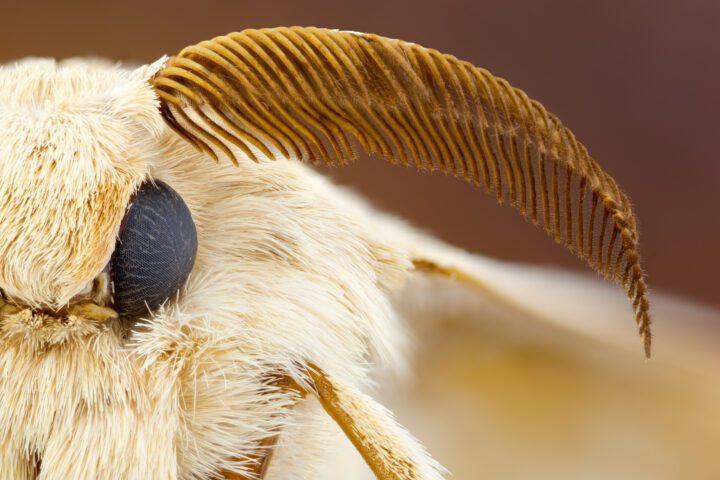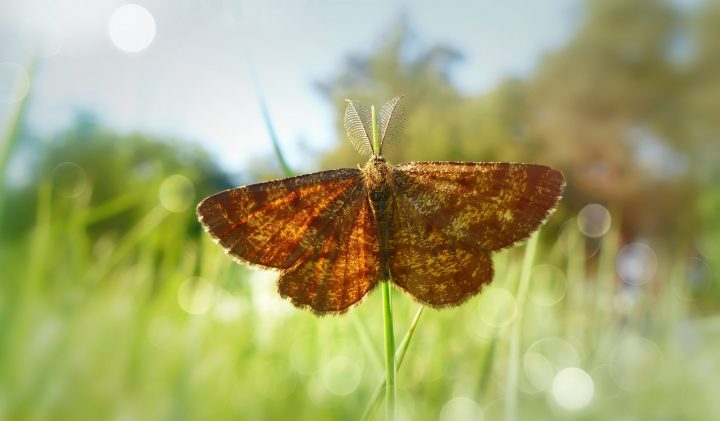Sense Chemicals (Odor, Taste, etc.) From the Environment
Chemicals are important for signaling and communication among living systems, either intentionally (such as when two living systems try to find one another) or unintentionally (such as when a plant emits a chemical signal that an herbivore can use to find a tasty bite). They are also important for other uses, such as navigating or finding sources for minerals. But chemical signals are often relatively weak and disperse when moving through water or gases. Therefore, detecting them requires specialized abilities, including a way to determine where they are coming from. A well known example of sensing chemicals can be seen in ants following a pheromone trail laid down by others in their colony to locate a quality and abundant food source.
Sense Sound and Other Vibrations From the Environment
For living systems, sensing sound and other vibrations is important for communicating and detecting conditions within their environment. Living systems must locate a signal’s source so that they can move toward it (such as when it is food or a potential mate) or away from it (such as when it is a predator). To prompt an appropriate response, living systems must sense these signals, recognize their amplitude or volume (which is sometimes very low), and determine their direction. Living systems must be attuned to signals relevant to them and able to distinguish these from irrelevant sounds to avoid expending unnecessary energy. For example, owls’ ears are asymmetrically placed. This enables them to detect sounds more accurately, which helps them locate small prey at night and avoid wasting energy chasing down irrelevant sounds.
Sense Atmospheric Conditions
For some living systems, the ability to detect changes in atmospheric conditions can be very valuable. By predicting changes in regional weather or in very localized conditions, living systems can avoid or take advantage of those changes. Since such adjustments can be very subtle, living systems must be able to detect miniscule variations in moisture, barometric pressure, ions in the air, and other environmental cues. Many insects and birds, for example, can predict oncoming storms and take cover before their lives are put at risk.
Sense Temperature Cues From the Environment
Some living systems use their ability to perceive temperature to find prey or avoid predators, or as a way to gain information about their environment, such as whether they are near a warm or cold place. Temperature gradients can be subtle and modulate as they travel through water, air, or solids. Living organisms must therefore have a variety of thermal sensors appropriate to a given medium (liquid, gas, solid). Some even have a way to “visualize” a signal’s source. For example, the rattlesnake has heat sensors with thousands of nerve endings located in pit-shaped holes on each side of its face. The sensitivity of the pits overlaps, giving the snake a bifocal image of the heat’s source.




